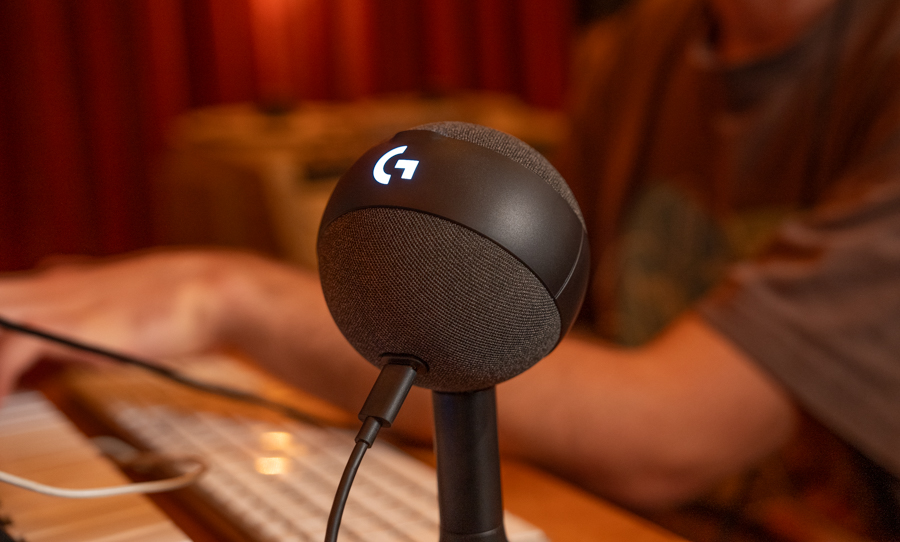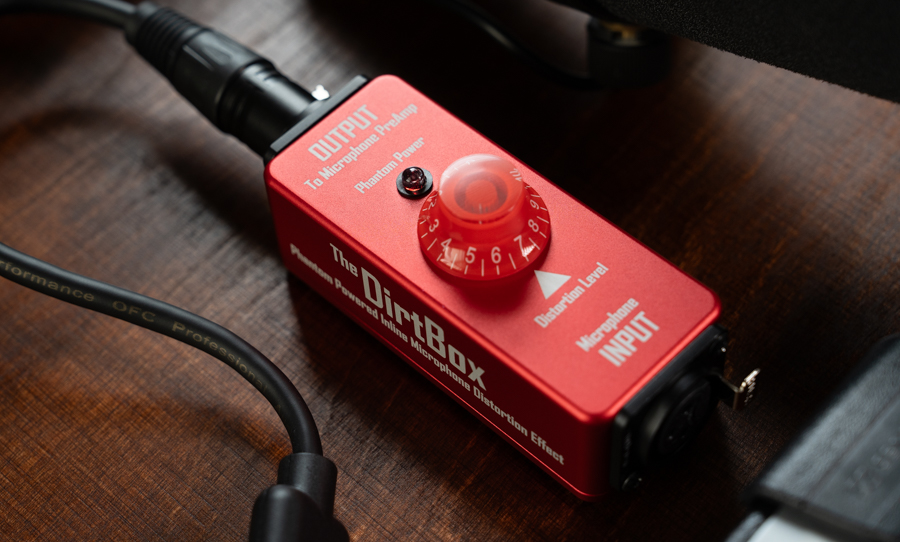We caught up with sonic explorer Buddy Glass to break down the gear that helps craft his classic sound.
Buddy Glass knows his way around a genre, his latest album is packed to the brim with them. From Australiana to alt-rock, Wow & Flutter is a masterclass in sonic expressionism and has left us with one question on our minds: how does he make those incredible songs?
Luckily for all you audio junkies out there, Buddy Glass himself has broken down his studio equipment and his favourite pieces of gear for us to marvel over.

I recorded my latest album on four-track cassette, so I thought I’d share with you, the humble punter, how I did this and importantly, why I would revert to such a format at a time when 7-year-old drum prodigies with their own YouTube channels are able to have full, digital recording set-ups in the comfort of their own bedrooms.
Well, for starters, I love the sound of tape. It hisses, sizzles, crackles, snaps, and pops. But probably more importantly, I thought the songs would suit the stripped-back format where mistakes are often impossible to disguise. Much like some people’s preference for steak, I wanted it to be slightly raw.
The Recorder
The principal bit of machinery was the four-track recorder itself. I went through several machines including a mint-condition TASCAM TEAC 144 (the very first commercially available four-track recorder, as used by Springsteen on his album Nebraska) and a Yamaha MT4X, before settling on a TASCAM 424 Mk 2 Portastudio. I chose the latter because it was the only one without wow and flutter (deviation and fluctuation in pitch and some frequencies), which is really hard to get rid of.
Microphones
I used two microphones for all the guitars and vocals. One was the Shure SM7 which has a beautiful, warm, rounded sound. Now, to be frank, I don’t know what the hell I’m doing, so I just placed that mic nice and close and pointed it sort of directly towards the middle of the acoustic guitar or amp (for the electric). What could go wrong? The other microphone was a Marshall MXL2003 condenser, which captures a higher frequency range and therefore has a much more cutting, slightly harsher sound.
Tim Kevin (who mixed the album) told me that to avoid phasing (frequencies cancelling each other out) and that I should place that second mic in the corner of the room, pointing in no particular direction. I listened to him because I trust professionals who tell me about microphone placement, what I need to eat to not die too soon, and how to avoid destroying the planet. But I digress… I recorded all the vocals on the MXL, as it seemed to suit my nasal tones quite well. I also used some pre-amps and compressors on each mic.
Guitar
This might have been the secret weapon in terms of the record’s sound. I bought a beautiful Guild M20 parlour acoustic guitar (parlour guitars are smaller than usual), just before I recorded this album. I had played one on my first album, that belonged to Jim Mogine from Midnight Oil and I totally fell in love with the sound. That thing has all the warmth of mum tucking you into bed at night after a cup of Milo.
So that’s it! Now you kids can go and record your very own work of ignored genius!
Check out Wow & Flutter below:



